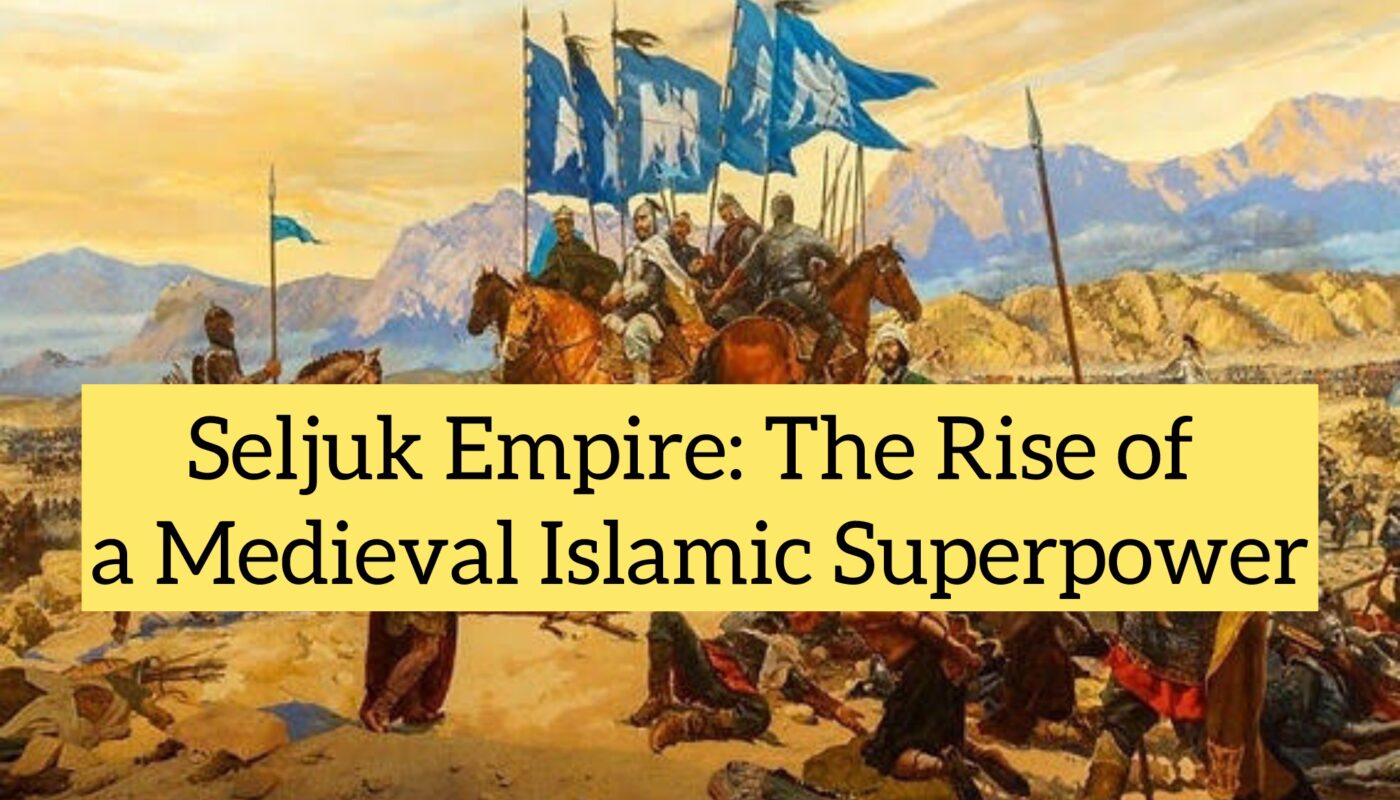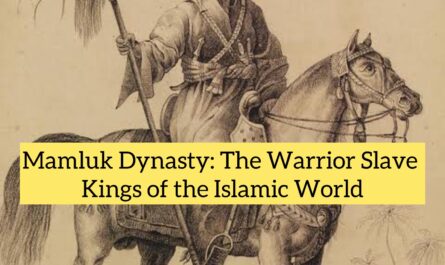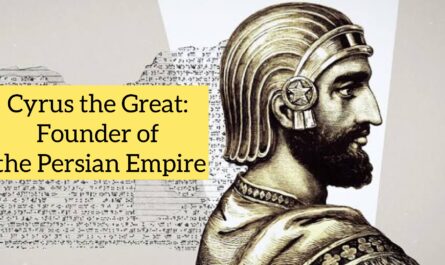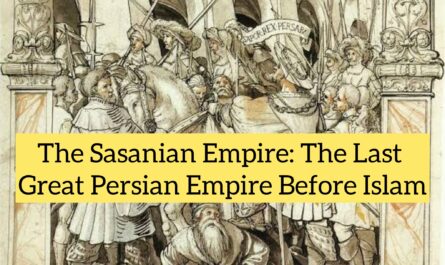Introduction
The Seljuk Empire was one of the most influential medieval empires in Islamic history, ruling vast territories from Central Asia to the Eastern Mediterranean between the 11th and 13th centuries. Founded by the Turkic Seljuk dynasty, this empire played a crucial role in reviving Sunni Islam, defeating the Byzantines, fighting the Crusaders, and laying the groundwork for the Ottoman Empire.
From military dominance to cultural brilliance, the Seljuks left a profound legacy that reshaped the Islamic world and significantly influenced Persian, Turkish, and Arab cultures.
Origin of the Seljuks
Turkic Roots
-
The Seljuks were originally Oghuz Turks from the Central Asian steppes.
-
They were nomadic warriors, later converted to Sunni Islam in the 10th century.
-
The dynasty is named after Seljuk Beg, the patriarch of the family.
Migration and Expansion
-
Facing pressures from the east, the Seljuks migrated westward into Persia and the Middle East.
-
Under Tughril Beg, the Seljuks established themselves as protectors of the Abbasid Caliphate in Baghdad.
Formation of the Seljuk Empire
Tughril Beg and the Rise to Power
-
Tughril Beg became the first sultan of the Seljuk Empire in 1037 CE.
-
In 1055, he entered Baghdad and was recognized by the Abbasid Caliph as the de facto military protector of the Islamic world.
Key Rulers
| Ruler | Reign | Key Contributions |
|---|---|---|
| Tughril Beg | 1037–1063 | Founded the empire; recognized as Sultan by the Caliph |
| Alp Arslan | 1063–1072 | Defeated Byzantines at Manzikert; expanded territory |
| Malik Shah I | 1072–1092 | Oversaw the empire’s golden age; patron of science and art |
| Sultan Sanjar | 1118–1157 | Last great Seljuk ruler; ruled over Khorasan and Iran |
The Battle of Manzikert (1071)
A Turning Point in History
-
Commander: Alp Arslan
-
Opponent: Byzantine Emperor Romanos IV
-
Outcome: Decisive Seljuk victory
-
Significance:
-
Opened Anatolia to Turkic settlement
-
Triggered the decline of the Byzantine Empire
-
Set the stage for the rise of the Ottoman Turks
-
The Battle of Manzikert is considered one of the most consequential battles in medieval history.
Government and Administration
Centralized Rule with Persian Influence
-
The Seljuks adopted Persian bureaucratic systems and culture.
-
The empire was divided into provinces ruled by emirs and atabegs (governors/tutors).
-
The vizier Nizam al-Mulk, under Malik Shah I, authored the Siyasatnama (Book of Government), outlining principles of Islamic governance.
Military Organization
-
Relied heavily on ghulams (military slaves) and Turkic cavalry.
-
Created the Iqta system, granting land to military officers in return for service.
Cultural and Scientific Achievements
Persian-Islamic Renaissance
-
The Seljuks were great patrons of art, science, and education.
-
Promoted Persian language and literature, making it the administrative and cultural language.
-
Established madrasas (Islamic schools), most notably the Nizamiyya of Baghdad, which attracted scholars like:
-
Al-Ghazali (philosopher and theologian)
-
Omar Khayyam (mathematician, poet, astronomer)
-
Architecture and Urban Development
-
Characterized by grand mosques, madrasas, caravanserais, and palaces
-
Developed the four-iwan mosque design
-
Introduced innovations in tile work, muqarnas (stalactite vaulting), and domes
Territorial Extent
At its height, the Seljuk Empire spanned:
-
Central Asia (Transoxiana)
-
Iran
-
Iraq
-
Syria
-
Eastern Anatolia
-
Parts of Arabia and the Levant
Map Overview
Would you like me to provide a visual map of the Seljuk Empire at its peak?
Religious and Political Role
Guardians of Sunni Islam
-
Reaffirmed Sunni orthodoxy in the face of Shia Fatimid influence
-
Protected the Abbasid Caliphate while holding real power as sultans
-
Engaged in conflict with Shiite movements and Ismailis (Assassins)
Crusades and Defense of the Islamic World
-
Faced the First Crusade (1096–1099) during the reign of Malik Shah’s successors
-
Although fragmented, the Seljuk successors (particularly the Zengids) played key roles in resisting Crusader advances
Fragmentation and Decline
Causes of Decline
-
Death of Malik Shah I in 1092 led to succession disputes
-
Power decentralized among independent Seljuk sultans and emirs
-
Rise of competing powers:
-
Khwarazmian Empire
-
Fatimids
-
Mongols
-
Final Blow: Mongol Invasion
-
The Mongol conquests in the 13th century devastated Seljuk lands
-
In 1299, the last Seljuk remnants in Anatolia gave way to Ottoman rule
Seljuks of Rum (Anatolian Seljuks)
-
After Manzikert, a branch of the dynasty established the Sultanate of Rum in Anatolia
-
Capital: Konya
-
Lasted until the Mongol invasion in 1243
-
Served as a bridge between the Great Seljuk Empire and the Ottoman Empire
Legacy of the Seljuk Empire
1. Political Legacy
-
Revived the political authority of the Sunni Abbasid Caliphate
-
Developed Turkic-Persian governance, later adopted by Ottomans
2. Cultural Legacy
-
Created a synthesis of Turkic, Persian, and Islamic cultures
-
Laid the intellectual foundations for future Islamic thought and art
3. Religious Legacy
-
Promoted Sunni Islam and funded religious institutions
-
Repressed heterodox movements, solidifying Sunni dominance
Timeline of Key Events
| Year | Event |
|---|---|
| ~1000 | Seljuk Turks convert to Islam |
| 1037 | Tughril Beg founds the Seljuk Empire |
| 1055 | Seljuks enter Baghdad, recognized by Abbasid Caliph |
| 1071 | Battle of Manzikert—Byzantines defeated |
| 1092 | Death of Malik Shah I, empire begins to fragment |
| 1243 | Mongols defeat Seljuks of Rum at Battle of Köse Dağ |
| 1299 | Ottoman state emerges from Seljuk ruins in Anatolia |
Frequently Asked Questions (FAQs)
Who founded the Seljuk Empire?
Tughril Beg, a grandson of Seljuk Beg, founded the empire in 1037 CE.
What was the Seljuk Empire known for?
It was known for its military strength, promotion of Sunni Islam, Persian cultural revival, and defeat of the Byzantines at the Battle of Manzikert.
How did the Seljuk Empire fall?
The empire declined due to internal divisions, succession crises, and Mongol invasions.
What is the relationship between Seljuks and Ottomans?
The Seljuks laid the political and cultural foundation for the Ottoman Empire, which rose after the fall of the Seljuks of Rum.
What was the official religion of the Seljuk Empire?
Sunni Islam was the state religion, and the Seljuks were ardent defenders of Sunni orthodoxy.
Conclusion
The Seljuk Empire was a transformative force in medieval Islamic and world history. It revived the power of Sunni Islam, redefined Persianate culture, and shifted the political center of gravity in the Islamic world from the Arab heartlands to Persia and Anatolia. Its victory at Manzikert changed the course of Middle Eastern and European history, while its architectural and intellectual contributions endure to this day.
From its nomadic Turkic origins to its sophisticated Persian-Islamic administration, the Seljuk Empire represents a dynamic fusion of cultures and ideas—setting the stage for the Ottoman and Safavid Empires that followed.



